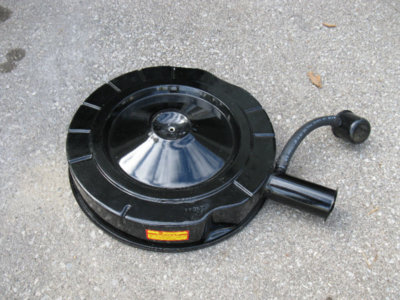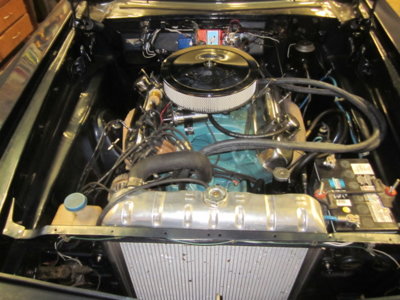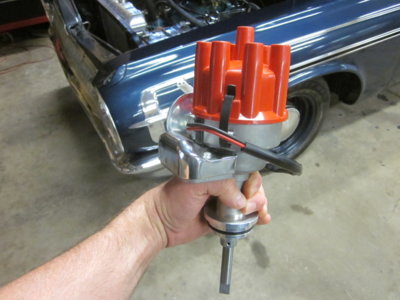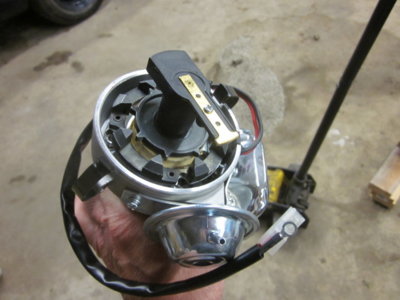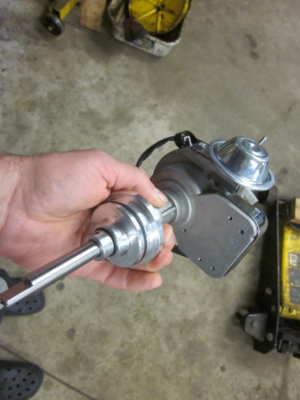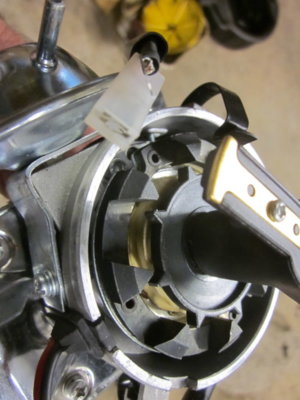I believe Ron H is making some real good points.
My 2 cents...
I've always figured a motor with 500-600 miles on it, is broke in. All it's going to be.
Was going to comment on your fuel line routing, but you beat me to it. I will say, think you'd be better off using 5/16" steel tubing, though. Route it about like you have it, but with a air gap, a little off the motor itself.
I made all of my fuel lines, using 5/16" brake line stock, and my little tubing bender.
It's been mentioned, both fuel mixture, and timing, can make heat, if not set right. Oh, yeah, those plugs are big time rich!! I had an issue like that once...wound up being the lousy plug wires I had. It would be worth, hooking a plug up loose, to ground, to see if your getting a good spark. But, I'd sure get that carb mixture corrected, either way.
Cam, aka valve timing, should have a little valve overlap, on the exhaust stroke. It simply allows a little fuel into the chamber, before the exhaust stroke is finished, cooling as it does. Just trying to say, the correct mixture, and timing work together, and have a big effect on the temps the motor is going to run at.
Assuming you have a spring in the lower radiator hose. Right?
Two things, on the radiator, that might be worth trying. Need to make sure it's getting good flow. Kill two birds with one stone. I'd see how the motor acts, with NO thermostat. With it out, and radiator cap off, fire it off, just idling, and look at the flow through the radiator. Should be a steady flow going across, but no real fast. Coolant needs enough 'time' in the radiator, to actually get cooled.

